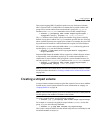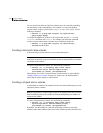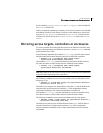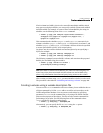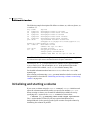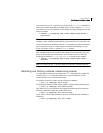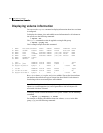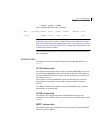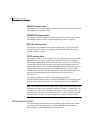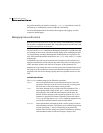
261Creating volumes
Initializing and starting a volume
As an alternative to the -b option, you can specify the init=active attribute to
make a new volume immediately available for use. In this example,
init=active
is specified to prevent VxVM from synchronizing the empty data plexes of a new
mirrored volume:
# vxassist [-g diskgroup] make volume length layout=mirror \
init=active
Caution: There is a very small risk of errors occurring when the init=active
attribute is used. Although written blocks are guaranteed to be consistent, read
errors can arise in the unlikely event that
fsck attempts to verify uninitialized
space in the file system, or if a file remains uninitialized following a system
crash. If in doubt, use the -b option to vxassist instead.
This command writes zeroes to the entire length of the volume and to any log
plexes. It then makes the volume active. You can also zero out a volume by
specifying the attribute
init=zero to vxassist, as shown in this example:
# vxassist [-g diskgroup] make volume length layout=raid5 \
init=zero
Note: You cannot use the -b option to make this operation a background task.
Initializing and starting a volume created using vxmake
A volume may be initialized by running the vxvol command if the volume was
created by the
vxmake command and has not yet been initialized, or if the
volume has been set to an uninitialized state.
To initialize and start a volume, use the following command:
# vxvol [-g diskgroup] start volume
The following command can be used to enable a volume without initializing it:
# vxvol [-g diskgroup] init enable volume
This allows you to restore data on the volume from a backup before using the
following command to make the volume fully active:
# vxvol [-g diskgroup] init active volume
If you want to zero out the contents of an entire volume, use this command to
initialize it:
# vxvol [-g diskgroup] init zero volume



